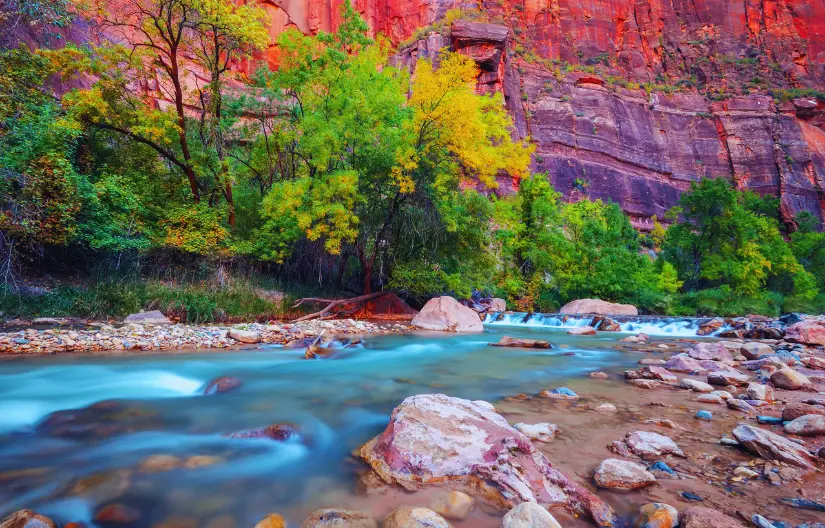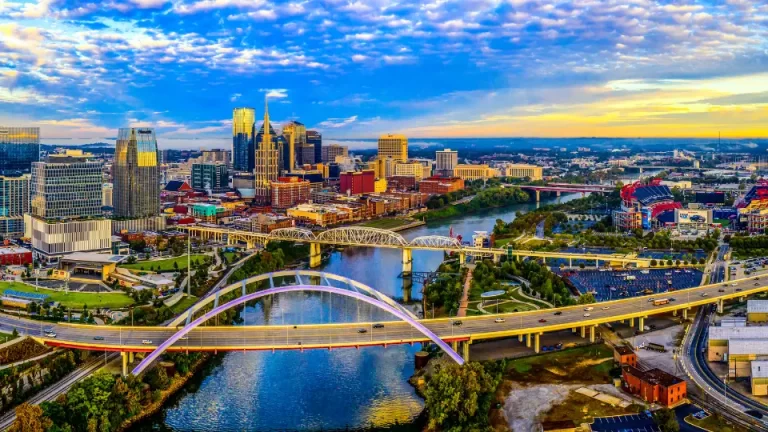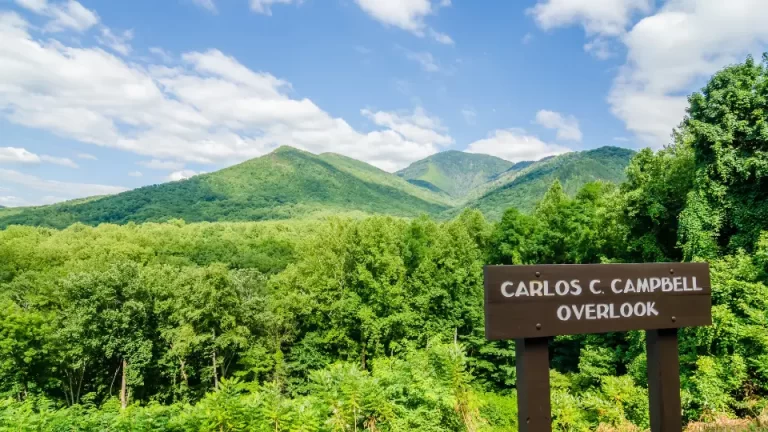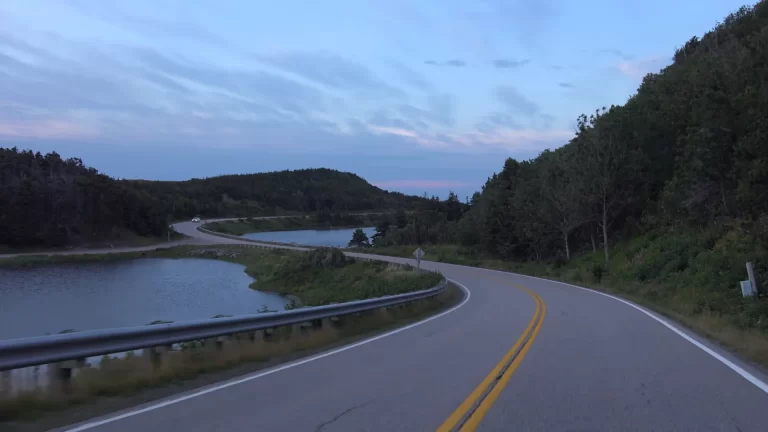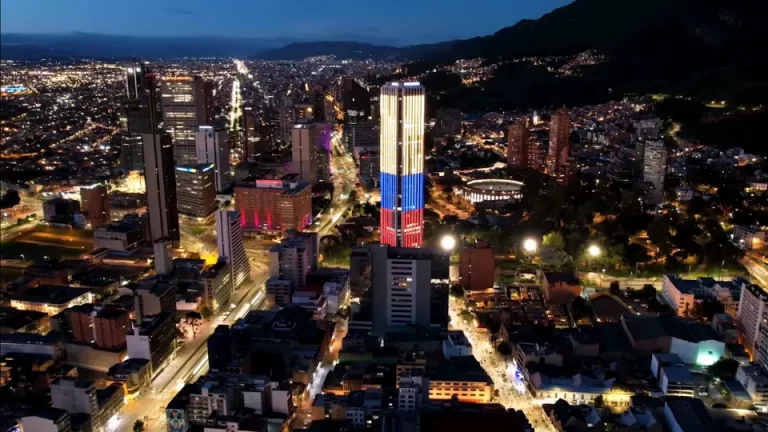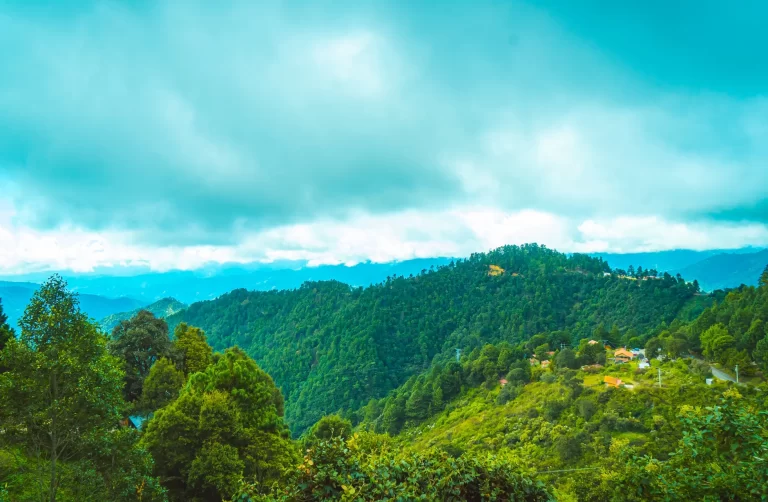Best time to visit Zion National Park
When organizing a trip to Zion National Park, there are a lot of factors to consider. To start, you should examine your behavior in crowds. Zion is the fourth most visited park in the US, and the summer is by far the busiest season there. It is not wrong to say that summer is the best time to visit Zion National Park. Secondly, choosing the right month to visit the park will depend on the activities you wish to engage in there. So take your Backpack With Trolley Sleeve and go on.
Different Weather in Zion National Park
Visit Zion National Park in the Summer
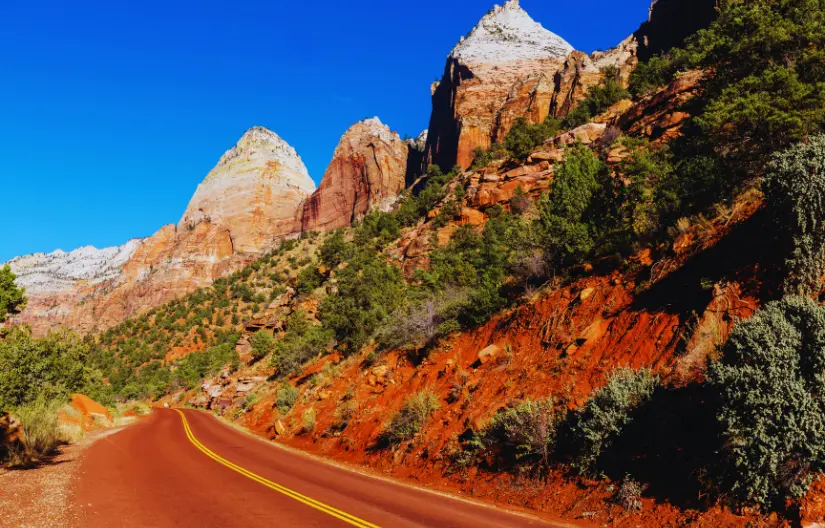
Since Zion is a sizable park with a variety of habitats and elevations, the weather and temperature will change based on your location and altitude. However, Zion experiences extremely hot summers and chilly winters. Since Zion is a desert, summers there may be extremely hot, occasionally reaching triple digits. Nevertheless, summer is by far the busiest season in the park.
The majority of Zion covered in desert, and the park contains areas that resemble deserts. However, Zion is also a portion of the Colorado Plateau, which acts as a drainage system for the Rocky Mountains. The Virgin River supplies the majority of the park’s water, and it flows vigorously even in the summer. In a way, Zion’s deep gorges and canyons act as natural air conditioners.
Because they receive little sunshine during the day, slot canyons, in particular, remain quite chilly. Your main summertime risks are dehydration, heat exhaustion, and heat stroke. As long as you remember to restock before each trek, it would help if you didn’t normally have to worry about running out of water because there are water refill stations at almost every shuttle stop.
In Utah, the monsoon season, which lasts from late summer to early October, is characteriz in afternoon showers and frequent flash floods. This time of year, flash flooding is a very real concern that, if ignored, might result in fatalities or serious injuries. Even if the water feels better because of the warmer weather, this can make hiking the Narrows more dangerous.
Zion National Park in Autum
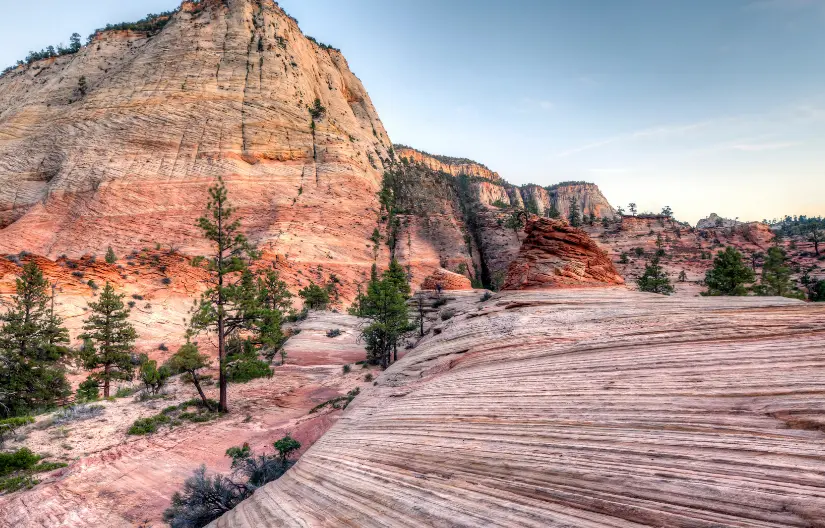
Autumn typically brings Zion beautiful fall foliage and a break in the heat. Although snow usually doesn’t appear until December, you should prepare for extremely cold temperatures and the chance of rain turning to ice overnight. In contrast, Zion experiences extremely chilly winters. Zion has very little snowfall all year round.
So while many visitors travel to the park to capture the stunning wintertime photography of white snow juxtaposed against red cliffs, this is almost certainly misleading advertising. Due to the park’s low elevation, winter rains can occur, swiftly melting any snow that may have fallen. Snow is likely to melt if it rains during the warmer hours of the day or if people keep walking over it. Then, when the temperature drops overnight, this water will frequently refreeze into ice.
Visit Zion National Park in Snowfall
You can not able to hike to higher elevations where there will more snowfall, even if it does snow at higher elevations, because many paths will closs in the winter due to ice and snow. In Zion and in the winter, you can go camping and backpacking.
But to make the experience comfortable, you’ll need four-season tents and inexpensive sleeping bags. You may have fewer options for traveling in the winter because, as we mentioned before, many routes blocked because of the bad weather. In a classic winter calendar, snow usually begins in December and finishes around March.
Zion National Park in Spring
In Zion, springtime brings with it new problems. Even while there is a lot more life now that the weather is nicer, it may still be very cold at night and make camping uncomfortable. The Narrows, one of the most well-known trails, will probably be closed in the spring owing to rising water levels from further snowmelt, even if many other trails open when the snow melts. Although the hike can be done in the winter with dry suits or wet suits, it is usually closed in the spring. Although flash floods can happen at any time of year, the greater water levels in the spring make them more likely to occur.
These floods have the potential to be extremely dangerous, but they can also negatively affect the trails and locations that are accessible for hiking. It is crucial to keep an eye on the weather while visiting the park and to take it into account while organizing your trip. Every season offers benefits in addition to their disadvantages. When it comes to the weather, there is really never a terrible time of year to visit Zion because every season has its advantages and difficulties.
Right time to visit Zion National Park of the year
The finest seasons to visit Zion National Park for sightseeing are spring and fall. There are fewer people around, the weather is warmer than in the chilly winter, and the temperatures are lower than in the sweltering summer. The Virgin River roars in the spring and waterfalls gradually tumble down cliff faces, making for a breathtaking view of the verdant surroundings. You were still allowed to travel the Riverwalk route to the Narrows trail entrance, where you can observe the amazing slot canyon and swiftly flowing Virgin River, even though you probably won’t be able to trek the Narrows.
in Snowfall season
Of course, there are benefits to both summer and winter travel. If there has been recent snowfall, winter can produce some breathtaking views. Even though the snow usually doesn’t stay for very long, you can get outside and take some beautiful winter photos before the sun warms everything up. Winter is a great time to go sightseeing as well because you can still drive your car to the park. The shuttle is your sole option for moving through the canyon in the summer, spring, and fall.
As you visit the entire park in a short period, riding the shuttle circle can also be a great way to view the sites. Some guests find it uncomfortable to spend extended amounts of time outside during the summer due to the heat, so it’s fantastic to explore and take short, leisurely walks outside while still taking in the amazing sights. The yearly monsoon season arrives in the park in late summer or early autumn. Even though these monsoons can result in flash floods and pose a threat if you approach too closely, it can be breathtaking to witness a rainstorm pass over Zion’s red cliffs. Another amazing sight to witness, if you can view it from a safe distance on the canyon rim, is a flash flood.
Best time of year for wildlife viewing
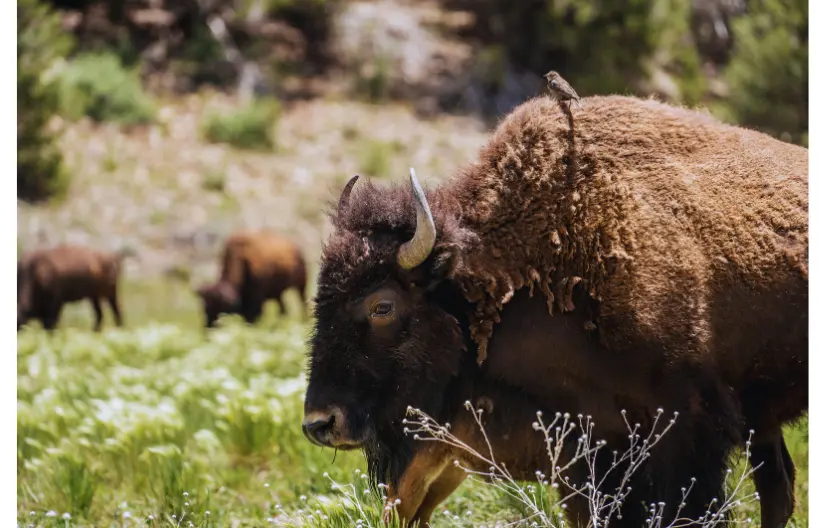
The Best time to visit Zion National Park to observe animals in Zion is contingent upon your desired viewing objectives. If you’re interested in wildlife viewing and photography, be sure to conduct your study because each season offers its advantages and difficulties. When it comes to wildlife photography, spring is the best season because all the animals are shedding their winter coats and some are even giving birth to their young. Fawns of the mule deer appear in late spring or early summer, while bighorn sheep give birth in late winter or early spring.
Furthermore, spring is when many of the larger animals move to higher elevations as the snow melts and the weather warms; however, it’s also when many reptiles and smaller mammals emerge from hibernation and can be seen scuttling across the trails; additionally, spring brings a lot of crowds, including spring breakers, which makes the park busier and less conducive to seeing wildlife in quieter areas. Fall is a great time to see wildlife instead of spring. Depending on the temperature, certain reptiles may still be emerging from hibernation.
Additionally, there are fewer people around, so your pet is less likely to be scared off. Furthermore, a lot of the larger species, like mule deer and bighorn sheep, as well as predators, like bobcats, gray foxes, coyotes, and even mountain lions, will relocate to lower elevations where it will always be warmer. Because there are fewer people around and more animals are prepared to visit the more inhabited places, winter offers a unique opportunity to witness nature. Visitors can see the animals’ perfectly preserved tracks preserved in the snow.
Best time to visit Zion National Park with children
When to take kids to Zion and avoid the railings that front little girlsIt really depends on your goals and what you believe your children are capable of when it comes to taking a trip to Zion with children. When you bring children, all the other reasons why a particular season is excellent or terrible to visit apply, but the positive and negative aspects frequently height. Summertime is the most comfortable season for kids, but it’s also the busiest time of year in the park. It can be inconvenient not to be able to drive your car through the park if you are bringing little children who require a lot of equipment. Additionally, children may grow weary and irritated quicker when waiting in line for shuttle buses or other lengthy waits.
Zion National Park in summer with your kids
However, since summer is when school is out, it’s the simplest time to bring the kids on vacation, and most people opt to travel with kids around this time. Spring and October are also excellent shoulder seasons to visit with young children. As long as they have some warm layers and rain gear in case the weather turns bad, you won’t have to worry about the weather too much. The shoulder seasons are still fantastic times to come, even though there may be fewer possibilities for hiking and other family-friendly activities.
All the benefits and drawbacks of visiting Zion without children during the winter also apply to visiting Zion with children. Although having your vehicle is a huge perk when traveling with children, the amount of activities you can do is limited and the weather can be extremely chilly. When a family chooses to take their children to the park should ultimately be up to them. While some families believe their children won’t be ready for exposure to more intense sports just yet, other families choose to introduce their children to many of the outdoor activities at a younger age.

